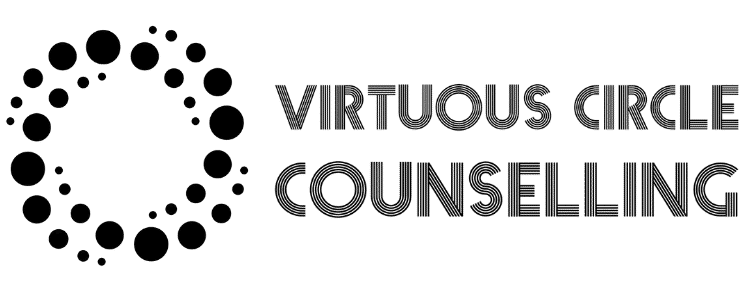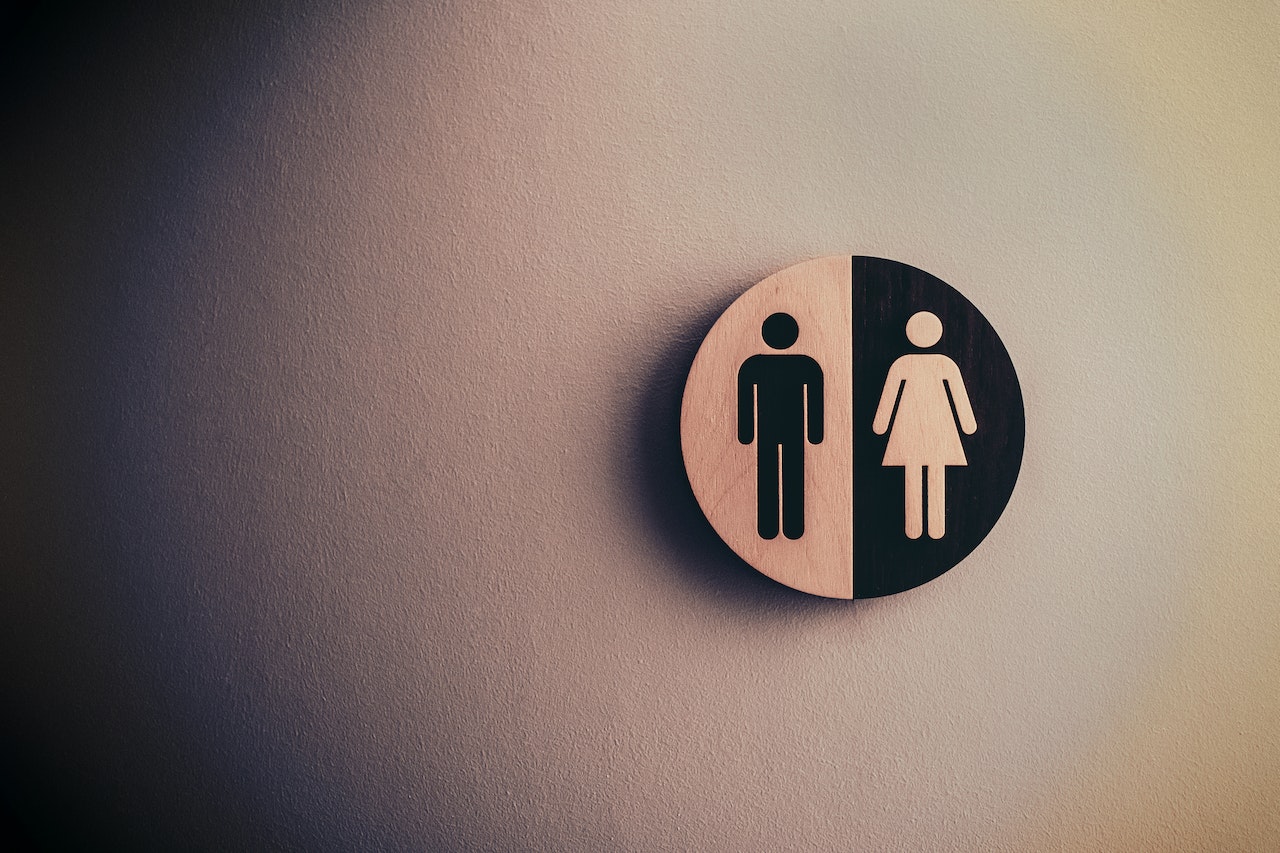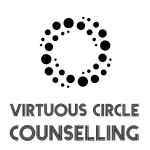Equality has always been a major issue and has welcomed a lot of controversies. With differing opinions, some people may not even fully understand gender identity and pronouns. In this article, taking a look at gender identity and pronouns and why it is important to respect these.
What Is Gender Identity?
Gender identity is the gender that a person sees themselves as. This can be different from the gender a person is assigned at birth.
Gender identity is not the same as sex. Sex is the biological characteristics of a person, for example, the sex chromosomes a person has, their hormones, and their reproductive organs. Gender identity can be different from the sex assigned at birth.
Gender identity is a personal experience. It is different for everyone. Some people feel they are a different gender from the sex they were assigned at birth. Others feel they are the same gender as the sex they were assigned at birth. And still, others feel that they are both genders or neither gender.
What Are Gender Pronouns?
Usually, we learn that pronouns are used to identify someone by their biological sex. However, it is important to acknowledge that gender pronouns are no longer limited to this definition.
Gender pronouns can also refer to someone’s gender identity rather than biological sex. For example, a transgender or non-binary may use a different pronoun to the one they were assigned at birth.
There are many different gender pronouns in use today, both in English and other languages. Some of the most common gender pronouns in English are ‘he/him/his’, ‘she/her/hers’, and ‘they/them/theirs’.
What Is the Role of Gender Pronouns in Gender Identity?
Gender pronouns are not just used to refer to people who identify as a specific gender. They can also refer to people who don’t identify with any gender or identify with multiple genders.
Using gender pronouns is a way of respecting someone’s gender identity. It’s important to use the pronouns someone has told you they use. If you’re not sure what pronouns to use, you can ask them.
Gender pronouns can be used in many contexts, including conversation, writing, and social media. In some cases, people may use different pronouns in different contexts. For example, someone may use they/them pronouns in conversation but use she/her pronouns in their writing.
Gender pronouns are just one way of expressing gender identity. They are not the only way, and they are not required. However, they can be a valuable tool for people who want to express their gender identity in a comfortable way.
Using Pronouns to Respect Others
When we use pronouns, we choose how we want to refer to someone. For example, we might refer to our friend as “he” or “she.” We might also refer to them as “them” or “they.” The pronoun we choose says something about how we see that person.
If we use the wrong pronoun for someone, it can be disrespectful. It can make that person feel like we don’t see them as the person they are. It can also make them feel like we’re not taking their feelings into account.
When we use pronouns respectfully, we show that we see and understand the person we’re talking to. We’re taking their feelings into account and showing them the respect they deserve.
Conclusion
In conclusion, It is important to understand gender identity and pronouns to create a more inclusive world for everyone. By understanding the concept of gender identity, we can better understand the experiences of transgender and gender non-conforming individuals. Additionally, using the correct pronouns when referring to someone can help create a more respectful and inclusive environment.
If you are looking for counselling in Calgary, contact Virtuous Circle Counselling. We offer various counselling services for different aspects in your life. Journey through difficulties with us by your side and book an appointment at Virtuous Circle Counselling.


